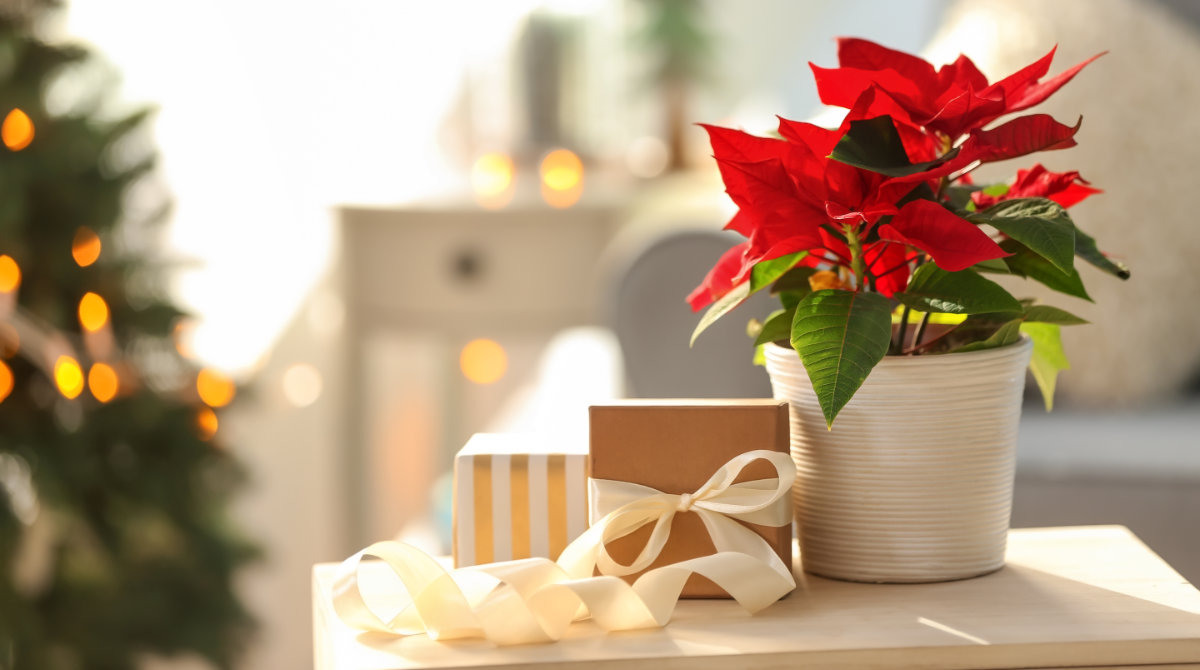Festive poinsettias, along with Christmas trees, can look spectacular at Christmas, but all too often they end up being put in the wrong place – and start wilting before the celebrations have even really started. Knowing how to keep a poinsettia alive over Christmas can prevent a dash back to the shops for a new one, as well as displaying a drooping, wilted plant over the festive break.
Kenneth Freeman, an expert on interior plant welfare and technical director at interior plants specialist Ambius (ambius.co.uk), offers the following tips to help keep your poinsettia perky through the festive season and beyond…
How to keep a poinsettia alive until the New Year
1. Unwrap them immediately
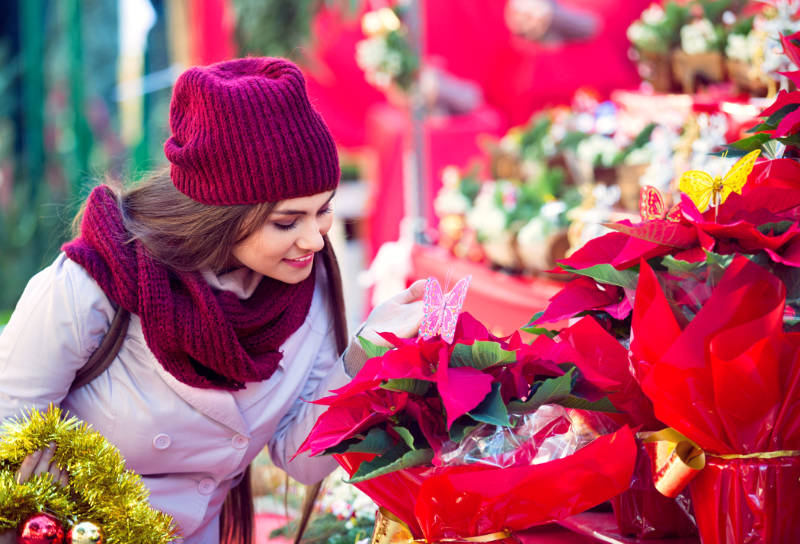
Poinsettias must be unwrapped from their sleeves as soon as you get them indoors.
2. Keep them warm
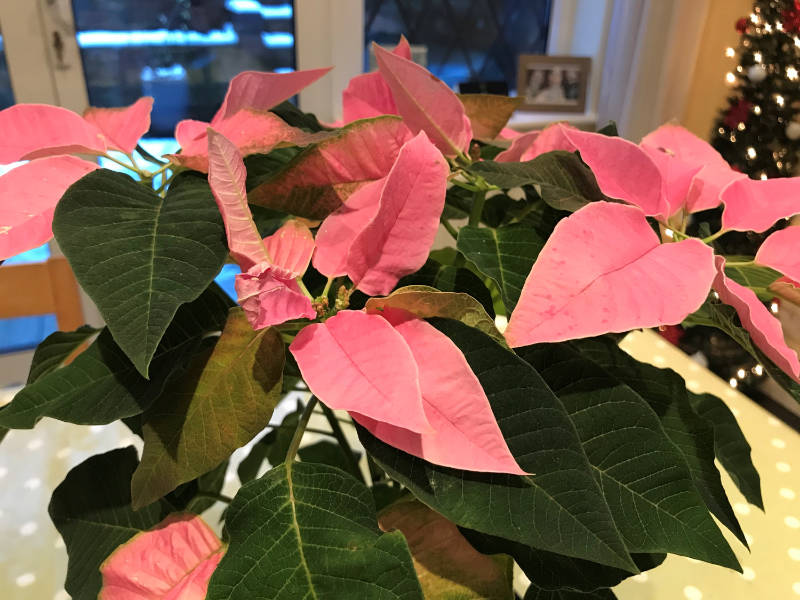
Poinsettias are indigenous to the warm climate of Mexico and don’t do well sitting in cold vehicles or buildings, or being watered with cold water. In fact, this can substantially reduce their lifespan. When positioning your poinsettia, don’t place them near cold draughts or near to outside doorways – they prefer warm and light conditions.
3. Don’t over-water
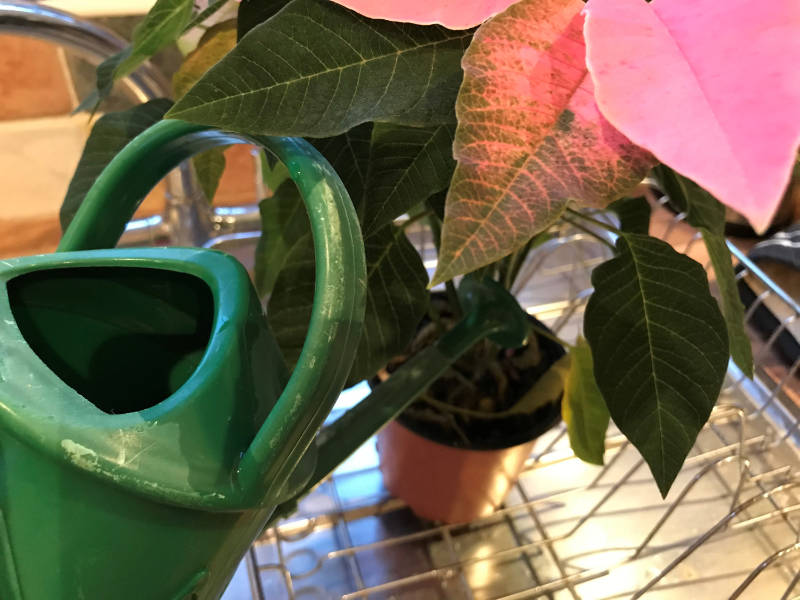
While they can consume a lot of water, poinsettias should never be allowed to stand in water. In order to keep a poinsettia alive make sure you only water them every few days and avoid soaking them when watering.
4. Give them a pick-me-up
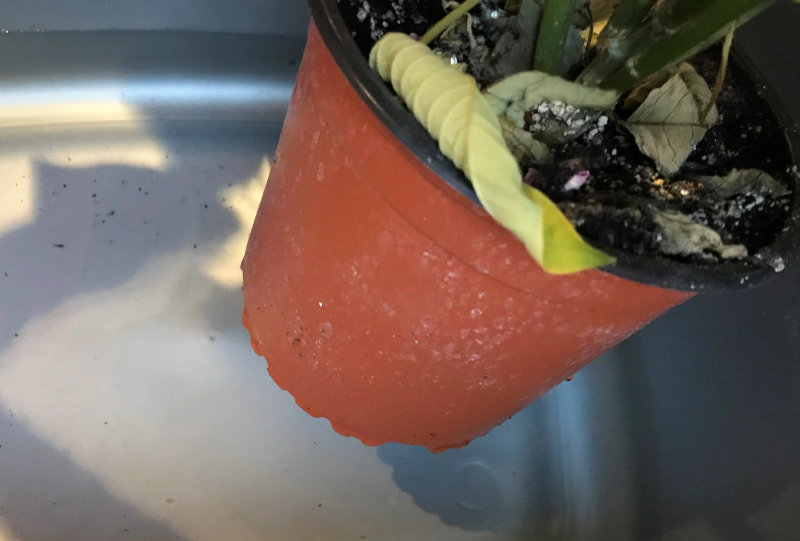
While wilted poinsettias may have their lifespan reduced, soaking the rootball with warm water will often cause severely wilted poinsettias to revive and is one of the best tips for how to keep a poinsettia alive. Revival should occur within one hour, so don’t chuck out your plants until you have tried this.
5. Choose your poinsettias wisely
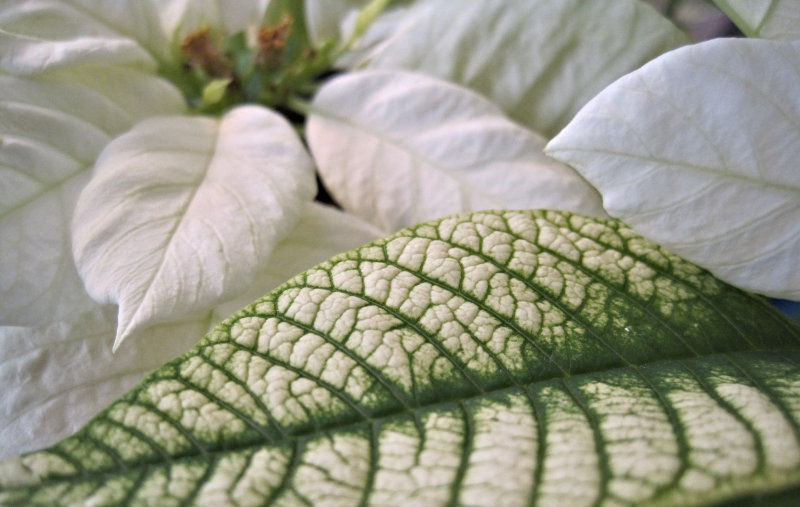
White or pink poinsettias will look better for longer display periods (over three weeks). Red ones tend to fade in colour if in low light, and after more than three weeks.
The poinsettia can provide a modest alternative to the Christmas tree, but if this doesn’t take your fancy either, then there are other alternatives to choose from.
Both the Christmas cactus and hippeastrum, often erroneously called Amaryllis (a bulbous plant), can be found in most supermarkets and garden centres.
Add some festive magic with the Wise Living guide on how to make a Christmas wreath.
Poinsettia alternatives to try this Christmas
For those who fancy a change from the classic poinsettias, gift orchids and bold hippeastrums which so many of us display during the festive season, here are three alternative houseplants which should last through Christmas and beyond – and you don’t have the hassle of how to keep a poinsettia alive over the festive period.
Looking for something even more exotic? Read the Wise Living guide to 7 unusual houseplants that add a wow factor.
Evergreen azalea
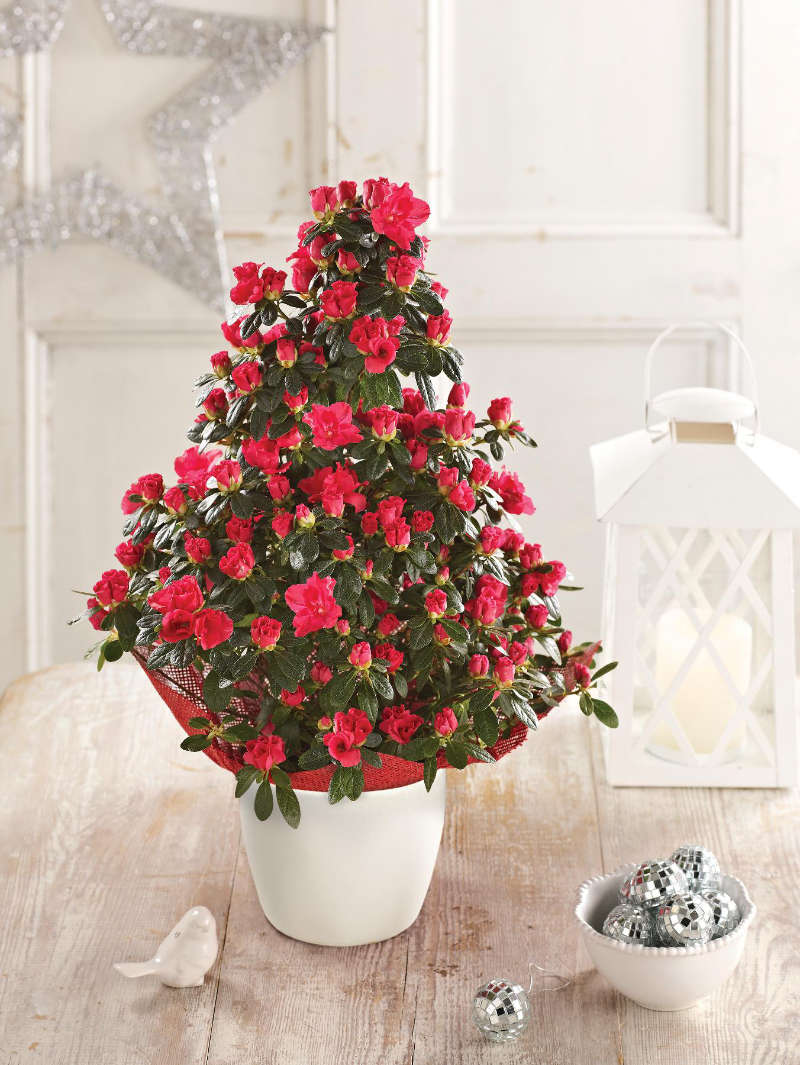
Small pot-grown evergreen azaleas are bought in their thousands over the Christmas period, and are great for gardeners who don’t have acid soil and can’t grow them outside.
Favourites include the white-flowered forms of Rhododendron simsii – the Indian Azalea – which will be smothered in elegant blooms for many weeks.
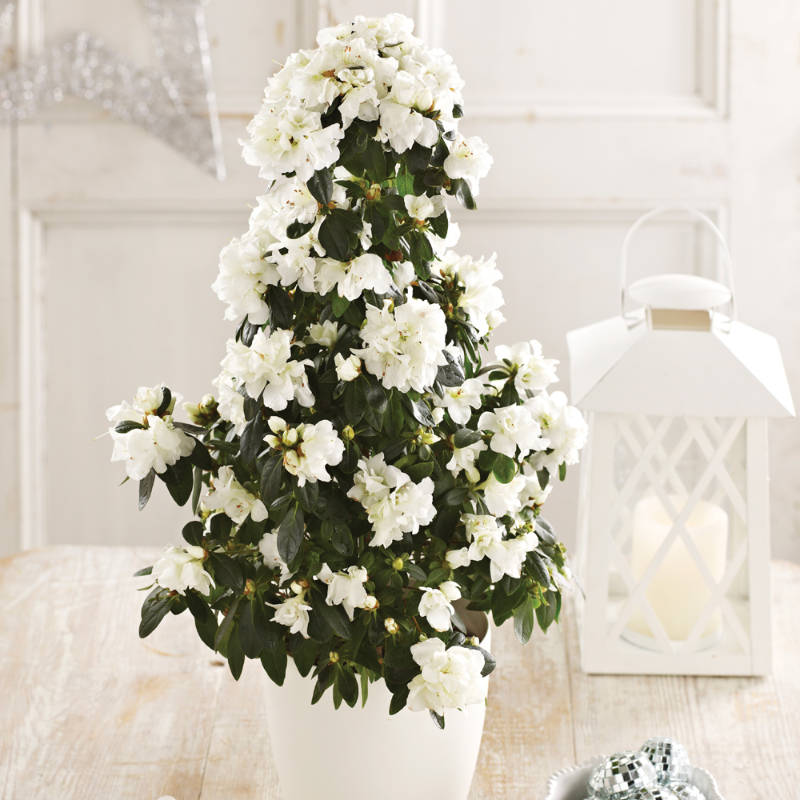
To keep them looking their best, choose a cool but well-lit spot and make sure the compost doesn’t dry out.
Azaleas dislike being kept inside for long periods of time, so you could try transferring them to a sheltered position in the garden once the weather warms up, making sure they are re-potted into a container filled with ericaceous compost.
Cyclamen
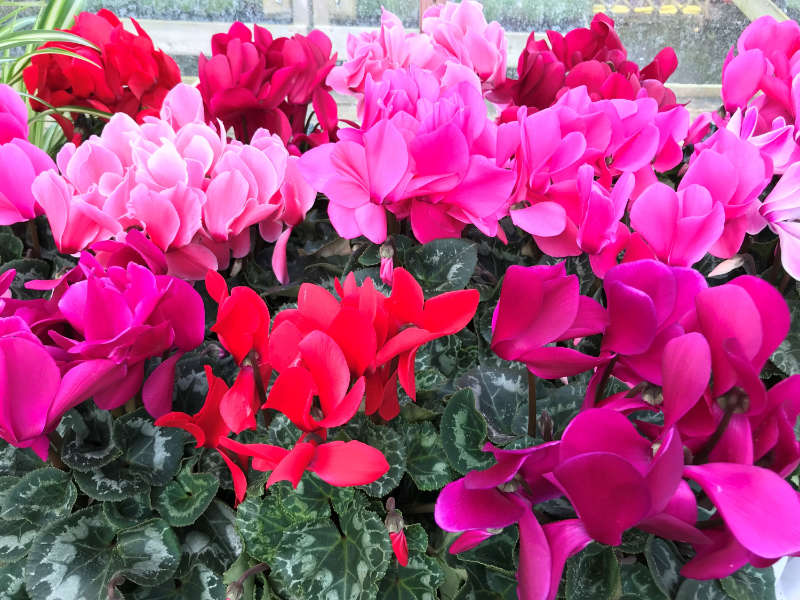
These delicate-looking beauties come in a huge range of colours, from white to deep purple, and some garden centres are now stocking giant versions.
However, often gardeners have trouble with them as they can turn black and collapse within a short time if they don’t have the right conditions. They will die if they are left in warm, dark places or overwatered – yet if given the right treatment, they are potentially long-lived.
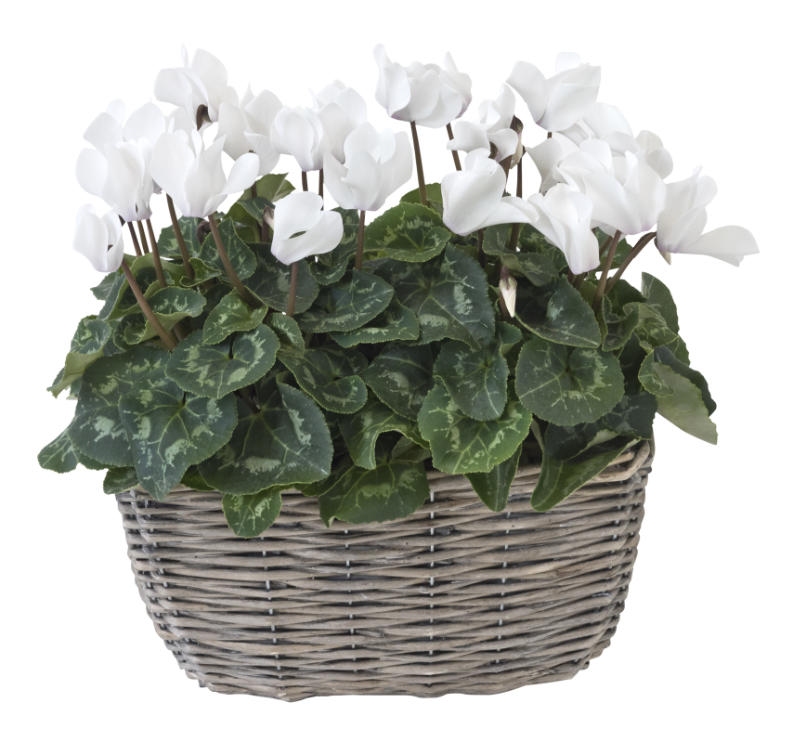
When you bring a cyclamen home, place it in a bright, cool position (13-18C) in the house. They will do well on or near south and west-facing windowsills in the winter. Water plants from the bottom by standing the container in water. If you must water from the top, don’t pour water directly on to the tuber.
Christmas cactus
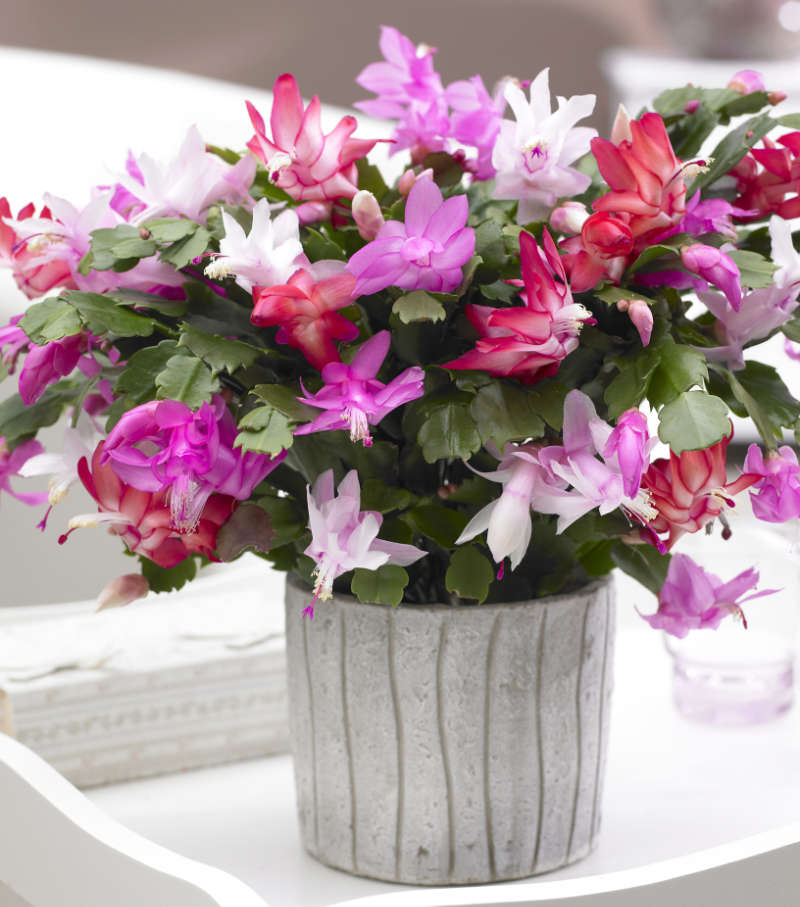
These undemanding plants provide a burst of vivid colour and a touch of the tropics to windowsills during the worst of the winter weather, with flowers emerging from their branching and arching stems which are tooth-edged.
The Zygocactus truncatus (Schlumbergera truncata), its technical name, is generally bought from garden centres in bud and blooms between mid November and late January, depending on the variety you buy.
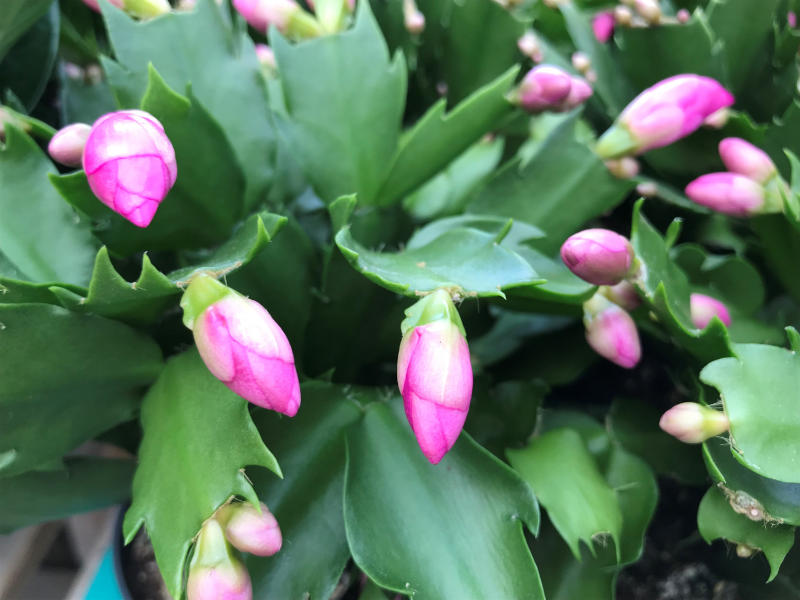
You can get them in white, pink, red or purple. Water them at the roots, rather than directly into the compost. Pour water into the base you are resting the pot in and water thoroughly when the compost begins to dry out. Just before flowering, the plants should be kept cool and dryish until the flower buds form, and then you can increase water and temperature.
“Don’t water it for six weeks after it has finished blooming, giving it time to rest, and when new growth appears, repot with new topsoil and be careful to not put it anywhere where it will suffer from either a hot radiator or a cold draught.”
They can be placed outside in the summer in a shady spot and should be protected from slugs.
Add even more festive magic with Wise Living’s top three ideas for how to decorate a Christmas tree.























































